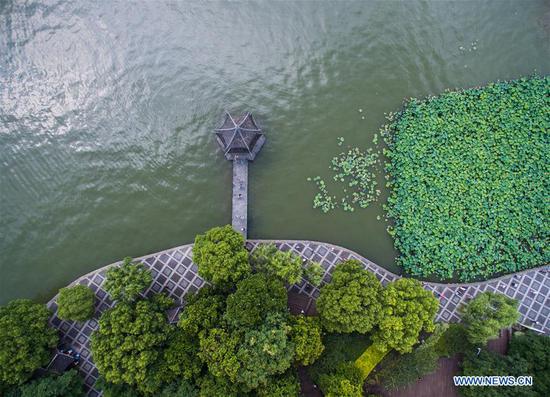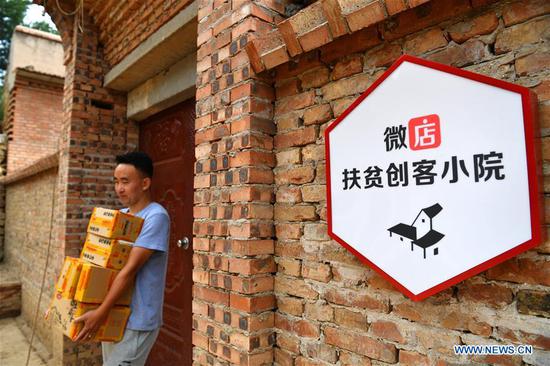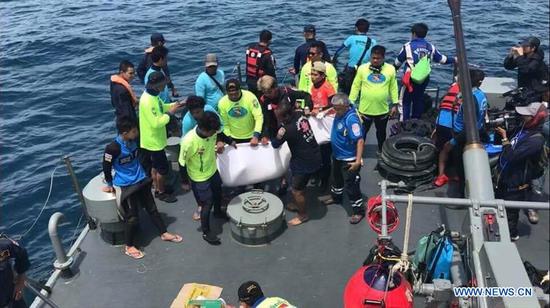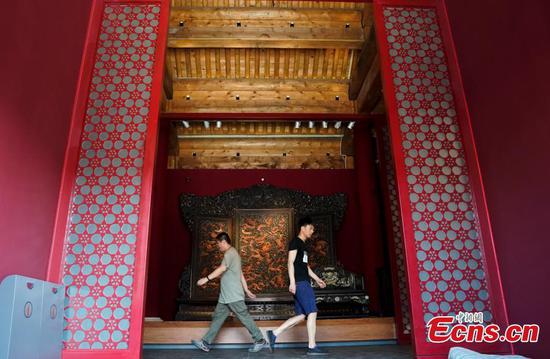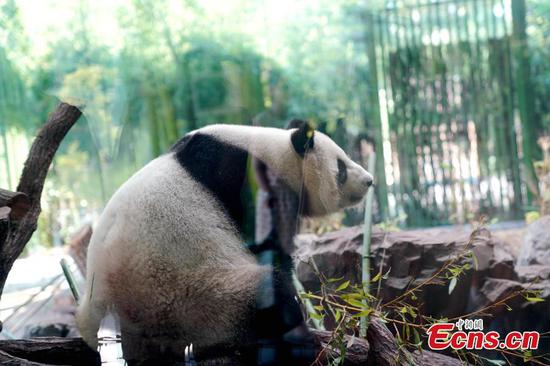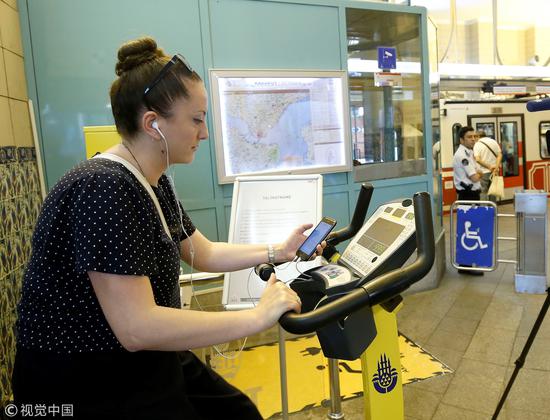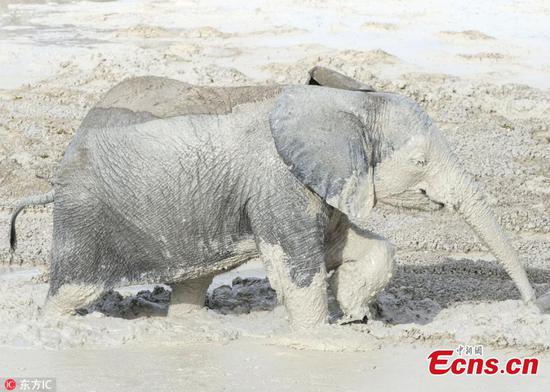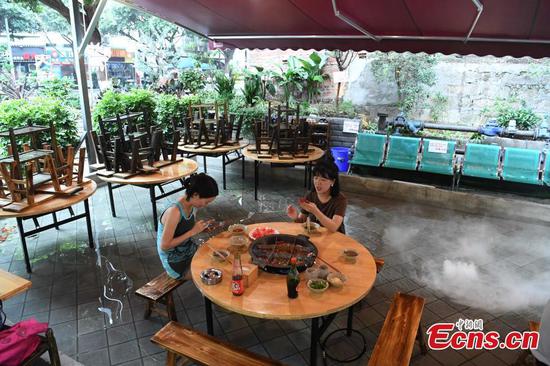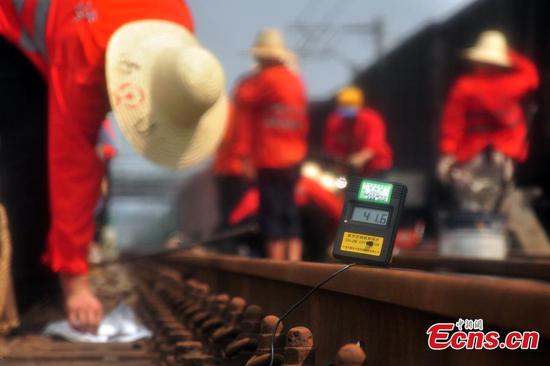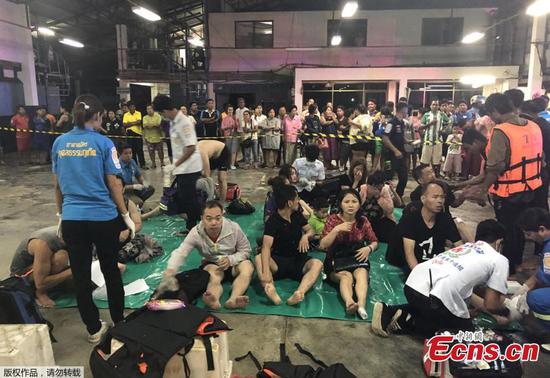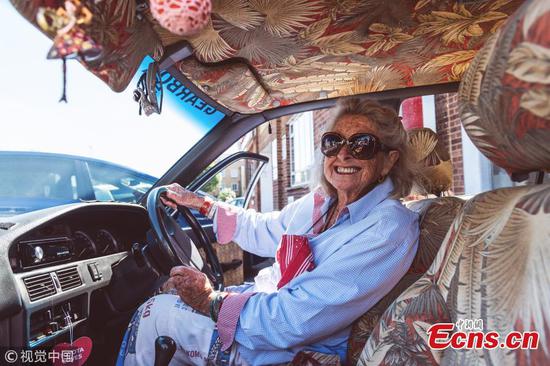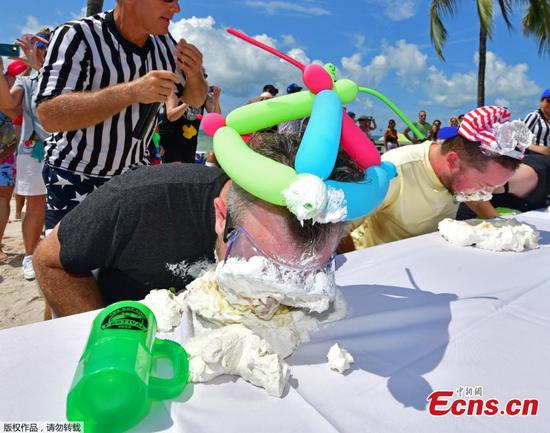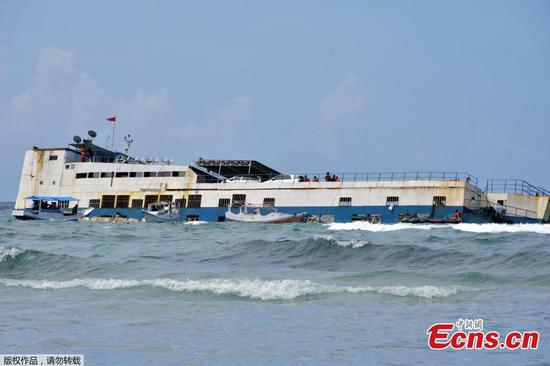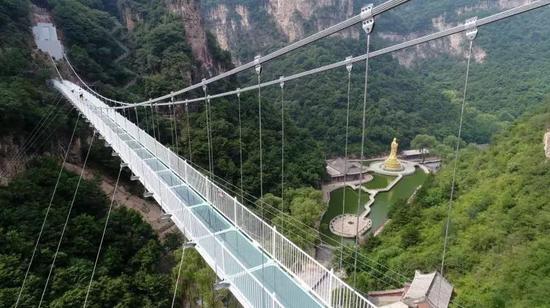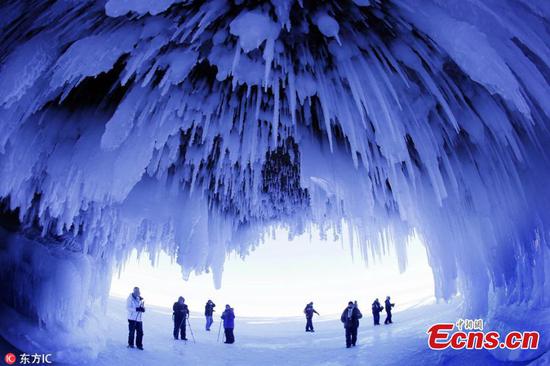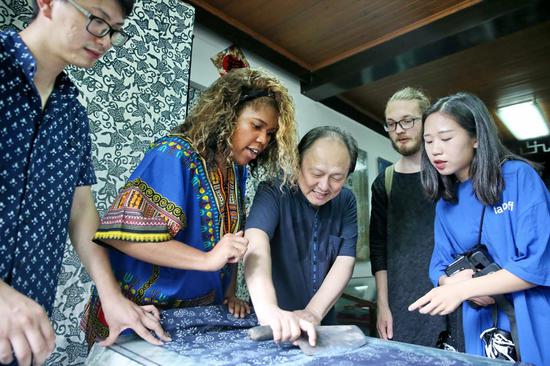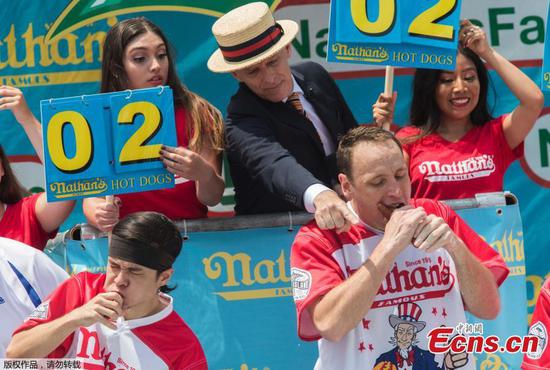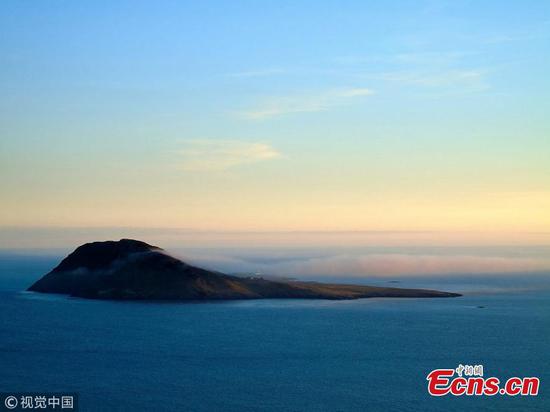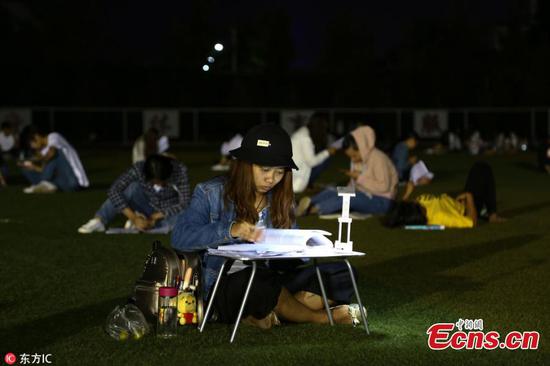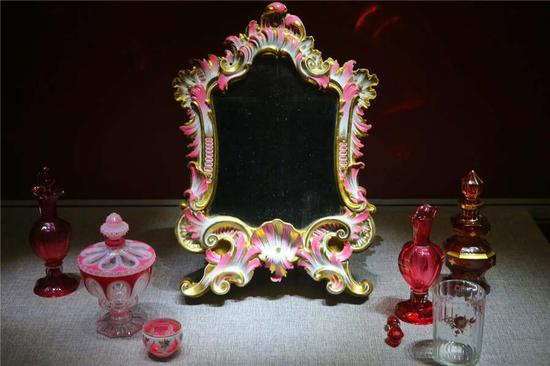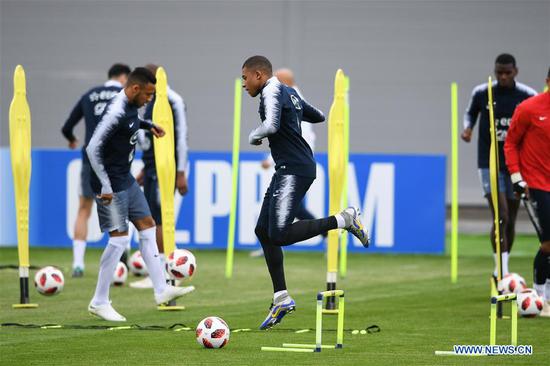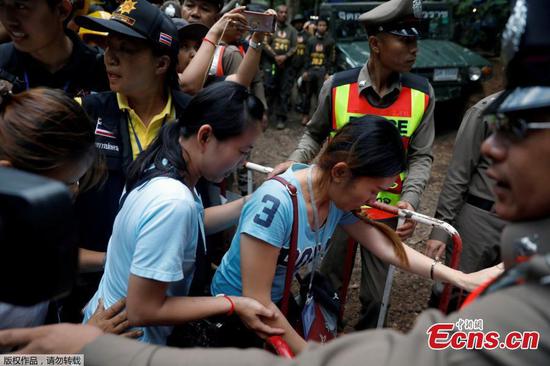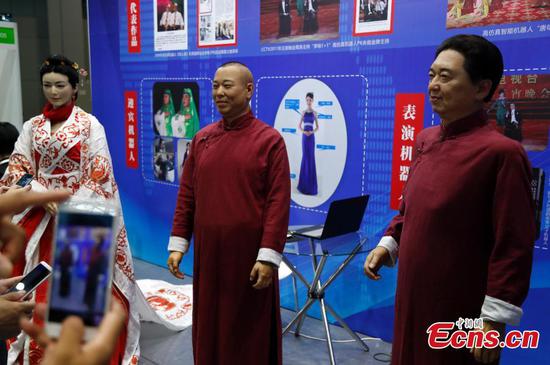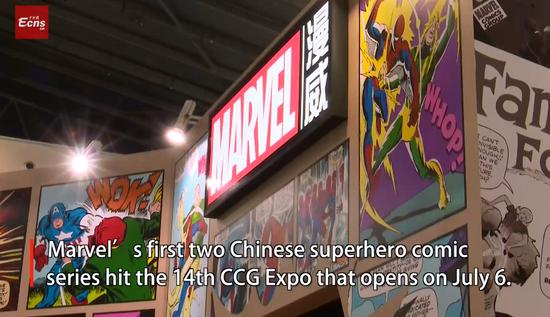Although China failed to qualify for the 2018 World Cup in Russia, the national team's absence from football's blue riband event hasn't undermined the country's impact on and presence in the competition.
In 1978, Chinese audiences were able to watch the FIFA World Cup on TV for the first time.
At this summer's World Cup 40 years later, Chinese fans purchased more than 40,000 tickets and four Chinese companies sponsored the competition, accounting for one-third of the World Cup's top and second-tier sponsors.
From 1978's acquaintance to today's involvement, the World Cup has witnessed the ups and downs of Chinese football as well as the "Chinese path" and development miracle following the policy of reform and opening up. Many Chinese enterprises are seeking to use their involvement with the World Cup to push for greater development with a more confident mind, greater initiative and a more liberal culture.
MADE IN CHINA
In 1994, WeiGuang International Company, located in Dongguan, Guangdong province, began its World Cup journey. At that time, the then-two-year-old manufacturing company received an official FIFA license to build accessories based on the World Cup trophy. As China continued to open up in the 1990s, many companies from the Guangdong's Pearl River Delta like WeiGuang were embracing the global market and forming a key component of China's export-oriented economy.
However, many of these companies suffered from shortcomings, such as poor IPR awareness and a lack of R&D ability. The FIFA World Cup has helped many of them overcome these hurdles. According to Jian Kaiping, manager of WeiGuang, over the past 24 years, although the FIFA World Cup has only accounted for 10 percent of its total business, the high standard and demand of this world-class sporting event has helped the company enhance its R&D and sales abilities.
"To seek perfection and refine our techniques, we have constantly communicated with FIFA, from design to manufacturing techniques and the selection of materials to marketing strategies," Jian noted.
Under FIFA's strict demands, WeiGuang has grown from a contract manufacturer to an independent brand enterprise. With the 2008 financial crisis, WeiGuang's traditional distribution channel disappeared overnight, but the company rallied to become a global supplier of luxury parts and accessories thanks to the strong design and manufacturing abilities that had grown from its involvement with the FIFA World Cup.
In 2010, WeiGuang officially became a FIFA World Cup licensee, and not merely a contact manufacturer anymore. Before the opening ceremony of the 2018 World Cup, WeiGuang's FIFA World Cup trophy was once again a popular item on its production line, with 30,000 orders from overseas, and more expected domestically.
"This is not usual, but has emerged with the growth of Chinese football and people's deeper awareness of the FIFA World Cup," Jian said.
In October 2001, China's national football team qualified for the FIFA World Cup for the first time. Two months later, China was admitted to the WTO, and this historical coincidence had considerable implications.
At the 2002 FIFA World Cup, the Chinese football team did not live up to expectations, losing all three of their group stage games without scoring a single goal. Since then, the team hasn't managed to qualify for any subsequent editions of the World Cup. A similar story happened to Chinese enterprises in the World Cup-related market.
In 2010, Chinese companies' production of the traditional African "Vuvuzela" horn was something of a business miracle in World Cup history. However, Chinese manufacturers and workers were only able to earn less than five percent of the horns' retail price. Just as world football was on the cusp of a technical revolution, China's enterprises and its manufacturing industry were in urgent need of transition and upgrade.
Shuoke Plastic and Metal Manufacturing Company from Dongguan, Guangdong province, was a traditional labor-intensive manufacturing company. In 2015, together with other intellectualized manufacturing companies, they developed the first automated production line to produce footballs. Traditionally, such a production line needed hundreds of workers to cut, print, spray code, glue and fold, but in an automated production line, just 20 workers are able to produce 1,500 footballs within a single day.
In Shuoke's workshop, there hangs a huge five-star red flag. "We represent today's 'Made in China'," said Shuoke director Wang Chong. "We cannot make copycat and knock-off productions anymore, but excellent and high quality goods instead. We must produce a football that wins the praise of everyone in the world."
Just as in the previous World Cup in Brazil in 2014, this year, the official match ball of the FIFA World Cup is manufactured in China. Additionally, commemorative World Cup coins have also been warmly received by global consumers. Their Chinese manufacturers have met FIFA's strict standards and regulations to provide high quality products within a short period of time. Receiving FIFA's seal of approval is testimony to the growth of the Chinese economy and the resilience of China's manufacturing industry.
CHINA BRAND
In 2003, a Chinese air conditioning firm paid 1.5 million U.S. dollars to invite Brazilian superstar Ronaldo to endorse its products, representing the first step in international sports marketing for a Chinese enterprise.
15 years on, today Chinese enterprises' annual investments in sporting events marketing amount to more than 1 billion dollars. At the 2018 World Cup, four Chinese companies - Wanda, Hisense, Mengniu Diary and VIVO - feature prominently in official advertising and marketing campaigns.
These four firms account for one-third of the top and second-tier sponsors at this World Cup. Additionally, three other Chinese companies have become regional partners. Chinese companies have invested a total of 835 million dollars in the field of advertising at the 2018 World Cup.
According to FIFA's chief business officer, Chinese enterprises have gradually realized that they should move to the overseas market, since their domestic market has become saturated.
Similarly, VIVO's senior director, Liu Yuxuan noted the importance to get Chinese brands well known overseas. "We are the world fifth largest smart phone manufacturer, and sponsoring the World Cup is in line with our brand positioning. By sponsoring this top-level sporting event, we hope that Chinese enterprises and brands can be known across the rest of the world."
On July 15, the winner of the 2018 FIFA World Cup will be decided, and then a new round of World Cup qualification will begin again, this time for Qatar in 2022. And as football reform has deepened in China, perhaps people have reason to believe that Chinese football can follow the example of the country's manufacturing industry, in adapting, improving, and eventually becoming a mainstay of the FIFA World Cup.









